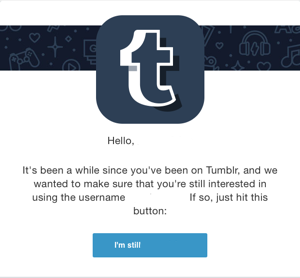I occasionally consult for activists using email. Their needs and requirements are a little different from email marketers. Sure, the requirements for email delivery are the same: relevant and engaging mail to people who requested it. But there are complicating issues that most marketers don’t necessarily have to deal with.
Activist groups are attractive targets for forged signups. Think about it, when people get deeply involved in arguments on the internet, they often look for ways to harass the person on the other end of the disagreement. They will often signup the people they’re disagreeing with for mailing lists. When the disagreements are political, the logical target is a group on the other side of the political divide.
People also sign up spamtraps and bad addresses as a way to cause problems or harass the political group itself. Often this results in the activist group getting blocked. This never ends well, as instead of fixing the problem, the group goes yelling about how their voice is being silenced and their politics are being censored!!
No, they’re not being silenced, they’re running an open mailing list and a lot of people are on it who never asked to be on it. They’re complaining and the mail is getting blocked.
With that as background, I noticed one of the major political blogs announced their brand new mailing list today. Based on their announcement it seemed they that they may have talked to someone who knew about managing a mailing list.
Read More